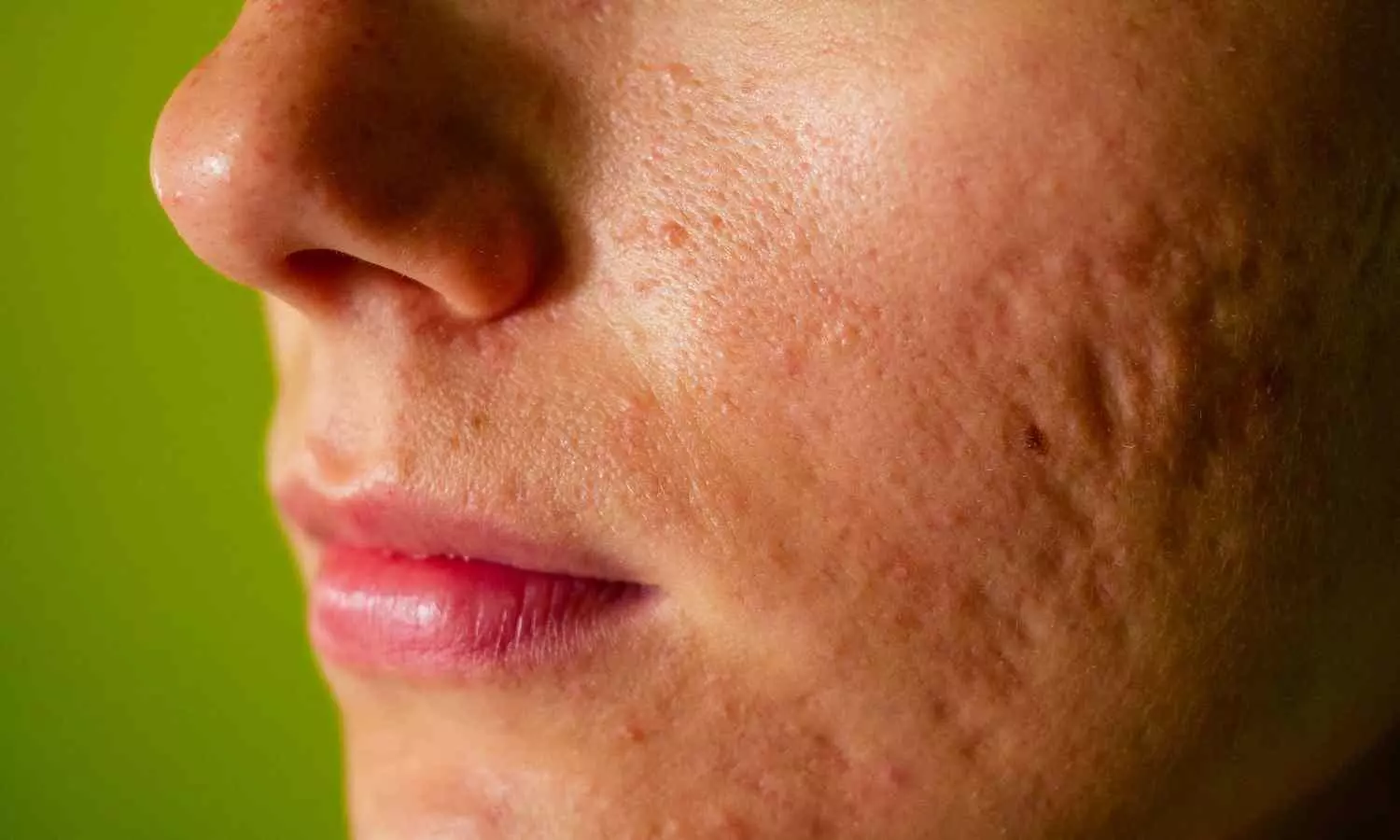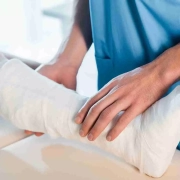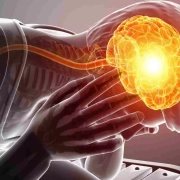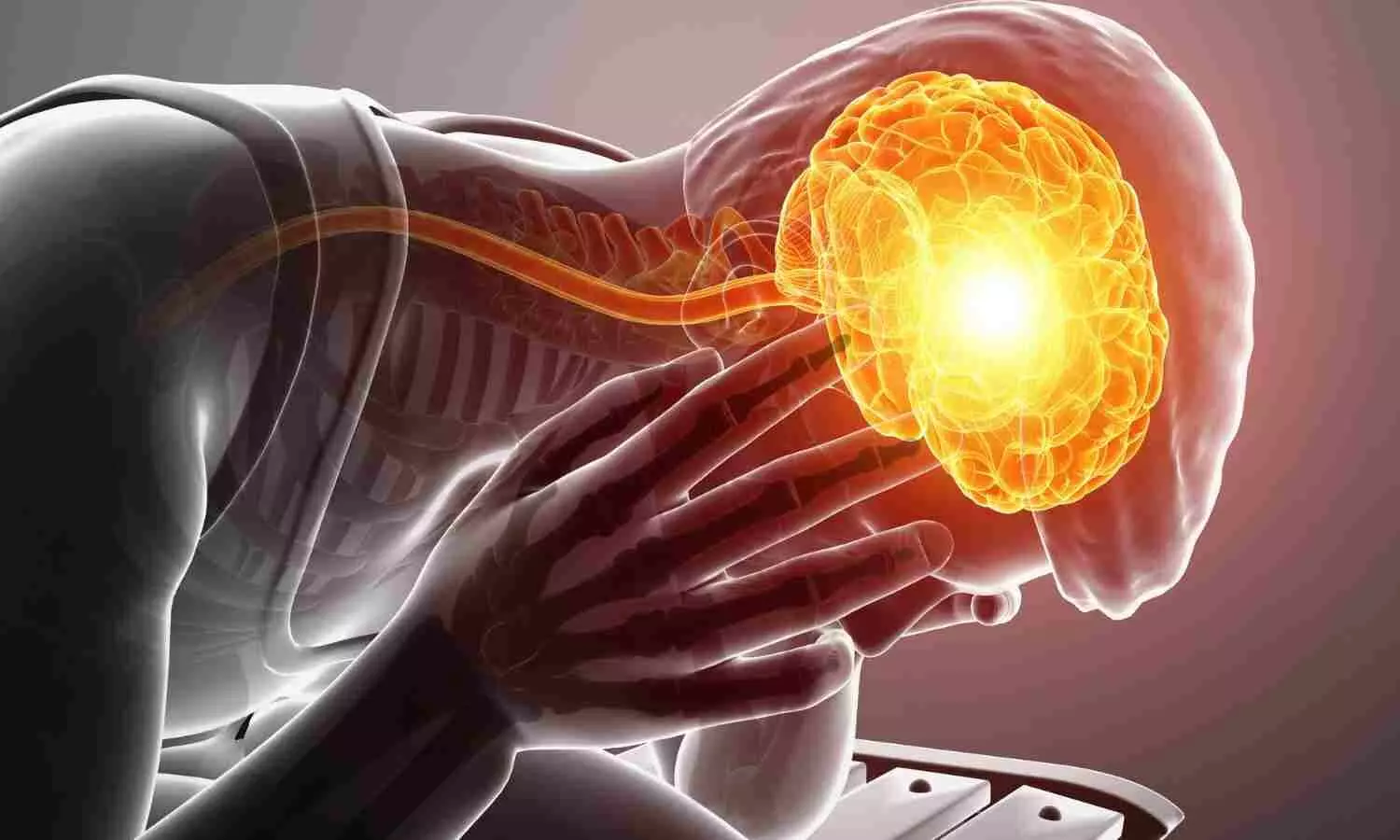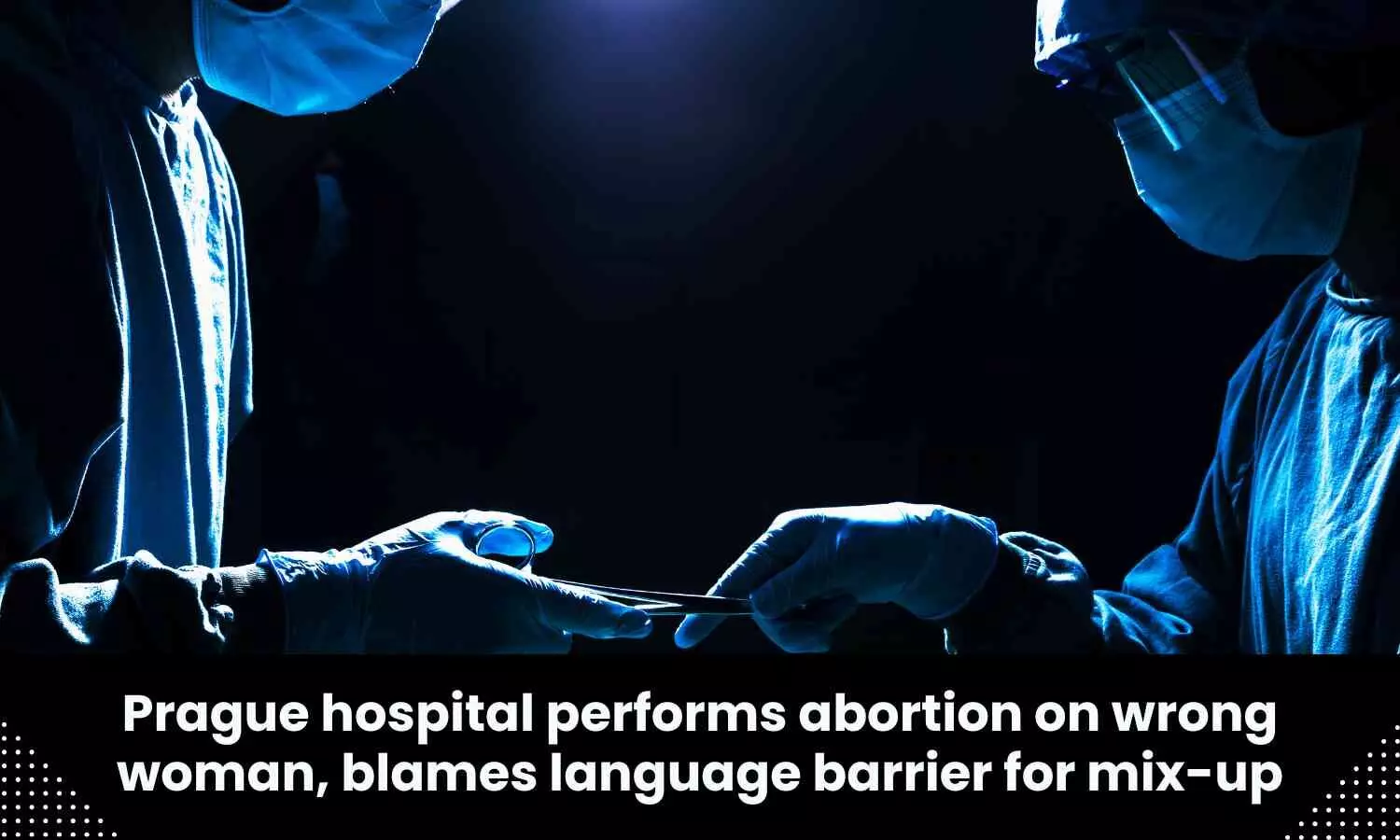Adults younger than 35- to 45-years old may have a higher risk of developing a stroke from nontraditional risk factors such as migraines than from traditional risks like high blood pressure. That’s according to new research published today in Circulation: Cardiovascular Quality and Outcomes, a peer-reviewed American Heart Association journal.
Most strokes are caused by traditional stroke risk factors,such as high blood pressure, high cholesterol, Type 2 diabetes, smoking, obesity, low physical activity, alcohol abuse or coronary heart disease. However, recent data showed an increased incidence of strokes even among young adults without these risk factors, according to the study.
“We wanted to understand which risk factors were the top contributors to stroke risk among young adults,” said study lead author Michelle Leppert, M.D., M.S., M.B.A., FAHA, an assistant professor of neurology at the University of Colorado School of Medicine in Aurora, Colorado.
Using an administrative database of health insurance claims reported in Colorado, researchers matched data of more than 2,600 people who had strokes to more than 7,800 people who did not to determine which risk factors may most often lead to strokes.
The analysis found that nontraditional stroke risk factors, such as migraines, blood clotting disorders, kidney failure, autoimmune diseases or malignancy, were significantly associated with the development of strokes in men and women 18- to 44-years old. The association between stroke and nontraditional stroke risk factors was stronger in adults younger than 35 years old.
Results also showed:
- Among 18- to 34-year-olds, more strokes were associated with nontraditional risk factors (31% in men and about 43% in women) than traditional risk factors (about 25% in men and more than 33% in women).
- Migraine was the most important nontraditional stroke risk factor among 18- to 34-year-olds, accounting for 20% of strokes in men and nearly 35% in women.
- The contribution of traditional stroke risk factors peaked among adults aged 35-44 and were associated with nearly 33% of strokes in men and about 40% in women.
- In the 45-55 age group, nontraditional risk factors accounted for more than 19% of strokes in men and nearly 28% in women.
- High blood pressure was the most important traditional stroke risk factor among 45- to 55-year-olds, accounting for 28% of strokes in men and about 27% in women.
- Each additional traditional and nontraditional risk factor was associated with increased risk of stroke in all sex and age groups.
“These findings are significant because most of our attention has been focused on traditional risk factors,” Leppert said. “We should not ignore nontraditional stroke risk factors and only focus on traditional risk factors; both are important to the development of strokes among young people.
“In fact, the younger they are at the time of stroke, the more likely their stroke is due to a nontraditional risk factor,” she said. “We need to better understand the underlying mechanisms of these nontraditional risk factors to develop targeted interventions.”
Researchers were surprised to find that non-traditional risk factors were equally important as traditional risk factors in the development of strokes in young men and women. Leppert added that the large contribution that migraine headaches had in the development of strokes was also unexpected.
“There have been many studies demonstrating the association between migraines and strokes, but to our knowledge, this study may be the first to demonstrate just how much stroke risk may be attributable to migraines,” Leppert said.
Study details, background and design:
- Researchers collected data from 2012-2019 from the Colorado All Payer Claims Database, which mandates the submission of all commercial insurance, Medicaid and Medicare claims.
- Among the study’s stroke cases selected from adults 18- to 55-years old, 52% were among women and more than 73% were ischemic (clot-caused) strokes, which occur when a vessel supplying blood to the brain is obstructed.
- Individual race and ethnicity, based on insurance reporting, were missing for almost half of all participants.
- Data for stroke cases and people who did have strokes were matched by sex, age, insurance type and pre-stroke period.
- Cases were defined as someone admitted to a hospital with a primary diagnosis of ischemic stroke, hemorrhagic (bleeding) stroke or subarachnoid hemorrhage (bleeding in the space surrounding the brain).
- Nontraditional stroke risk factors were defined as factors that are rarely the cause of stroke in older adults or unique to young adults and included: migraines, malignancy, HIV, hepatitis, thrombophilia (including history of deep vein thrombosis and pulmonary embolism), autoimmune disease, vasculitis, sickle cell disease, heart valve disease and renal failure. Hormonal risk factors, such as oral contraceptive use and pregnancy, were considered separately among women.
- Traditional stroke risk factors were defined as well-established potential causes for stroke routinely considered for adults ages 65 and older and included: high blood pressure, Type 2 diabetes, high cholesterol, sleep apnea, peripheral artery disease, atrial fibrillation, coronary artery disease, alcohol abuse, substance abuse, tobacco use, obesity and congestive heart failure.
The study had several limitations including its reliance on an administrative database, which could impact how risk factors were noted, and because it lacked data about race and ethnicity for many participants. Also, the research was conducted in metro areas one mile or more above sea level, so altitude may create unique conditions that are not applicable to people living at other altitudes.
Reference:
Michelle H. Leppert, Sharon N. Poisson, Sharon Scarbro, Krithika Suresh, Lynda D. Lisabeth, Jukka Putaala, Lee H. Schwamm, Stacie L. Daugherty, Cathy J. Bradley, James F. Burke and P. Michael Ho, Association of Traditional and Nontraditional Risk Factors in the Development of Strokes Among Young Adults by Sex and Age Group: A Retrospective Case-Control Study, Circulation, DOI:10.1161/CIRCOUTCOMES.123.010307.
